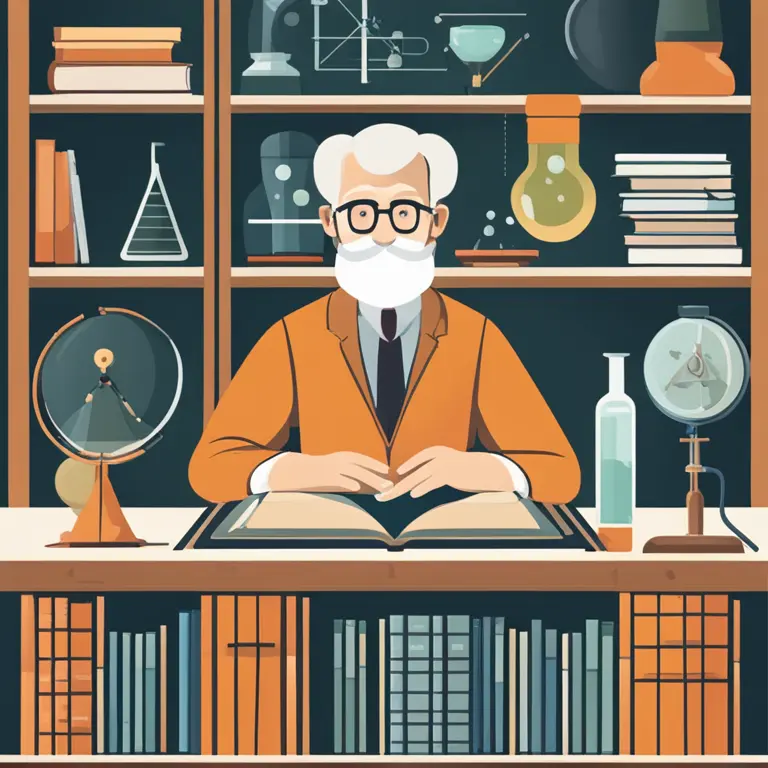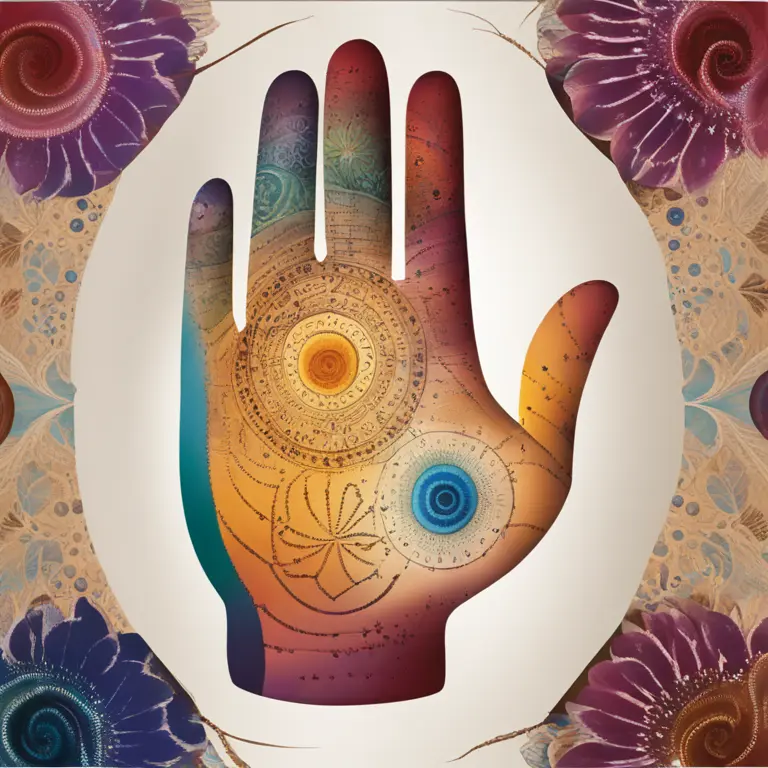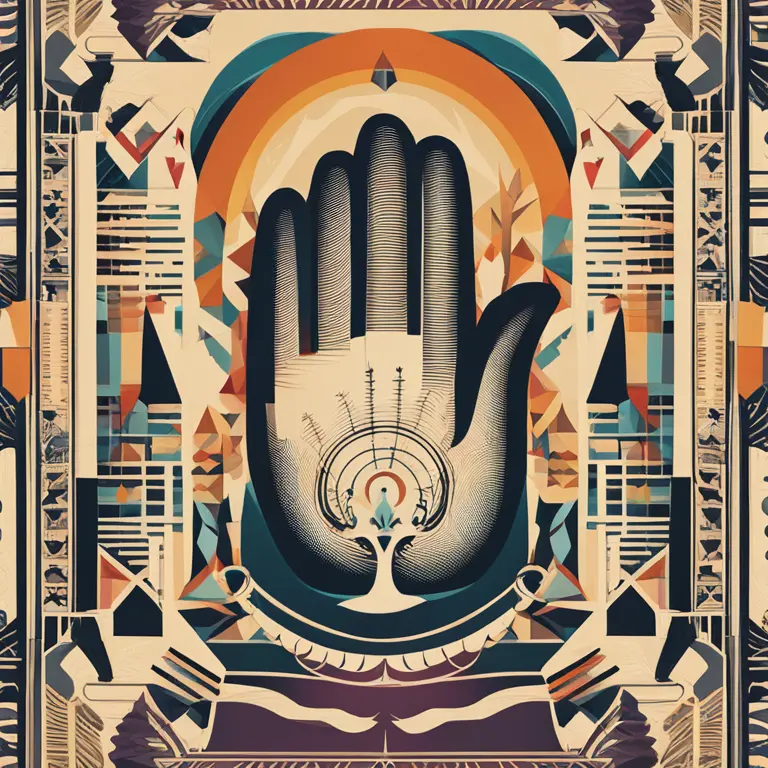
The Efficacy of Palmistry: A Real Insight or Mere Superstition?
Explore the legitimacy of palmistry as we delve into its practices and the opinions of experts and enthusiasts alike in this detailed examination.
article by Nora Pennington
Palmistry's Roots and Modern Perspective
Palmistry, or chiromancy, has been practiced for thousands of years, originating from ancient cultures like those of India, China, and Egypt. Traditionally, it proposes that the lines and features of one's palm can reveal individual traits and life events - a claim that has intrigued and divided people for centuries. In our modern era, with advanced technologies and scientific methodologies, the question of whether palmistry truly works continues to spark discussion among skeptics and believers. Despite the lack of scientific validation, palmistry maintains a following, with enthusiasts valuing its personal insights and cultural significance.

The Skeptical Lens: Scientific Scrutiny
From a scientific perspective, palmistry is often regarded with skepticism. Critics argue that there is no empirical evidence to support the connection between palm features and one's personality or future. Additionally, psychological studies suggest that the Forer effect – the tendency for individuals to accept vague, general statements as highly personal – plays a significant role in the perceived accuracy of palm readings. Nevertheless, palmistry's methods have piqued the interest of some scientists who consider the prospects of linking dermatoglyphics (scientific study of fingerprints) with genetic conditions.

The Practitioner's Viewpoint: Palmistry's Nuances
Seasoned palmists argue that their practice is more art than science, requiring intuition and an understanding of the human condition. They emphasize the holistic approach of palmistry, suggesting it is a tool for self-reflection rather than a deterministic guide to the future. Supporters often cite anecdotal successes, and some claim that a detailed analysis of the hand can unveil personality traits with surprising depth, providing guidance on life choices and personal growth.

Public Perception: Finding Personal Value
Among the general public, the view on palmistry is diverse. For many, palm readings offer comfort, entertainment, or a moment of introspection, regardless of their factual basis. The practice often appeals to the human desire for understanding oneself and the world. In a fast-paced, data-driven society, palmistry can provide a sense of connection to the ancient wisdom traditions that many find lacking in modern life.

Technological Advancements in Palmistry
The digital era has ushered in new platforms for palmistry, with smartphone apps and online services offering automated readings. These tools use image recognition and algorithms to analyze hands, offering instant interpretations. However, traditional palmists maintain that the true depth of palmistry cannot be replicated by technology, as the practice is not just about hand structure but also encompasses the exchange of energy and the reader's intuitive capabilities.
Conclusion: A Personal Choice
Ultimately, whether palmistry works may depend on personal definitions of 'works.' If the measure is empirical scientific proof, then palmistry may not pass muster. However, if success is gauged by personal enrichment and subjective experience, then for many, palmistry offers a unique and captivating lens through which to view their lives. As always, critical thinking and an open mind are essential when navigating the realm of such esoteric disciplines.
Published: 1/11/2024
Modified: 1/12/2024
More predictions
Come back here soon to learn more about yourself and your future


Can We Trust Palmistry?
Delving into the realm of palmistry, this article examines its credibility and place in contemporary spiritual practices.


Can Palmistry Predict Your Path Incorrectly?
Delving into the accuracy of palm readings, this article examines whether palmistry can lead to incorrect predictions about one's life and destiny.


The Essence of Palmistry: Interpreting Lines and Shapes
Delve into the world of palmistry to discover the meanings behind the lines and shapes etched into the palms of your hands.